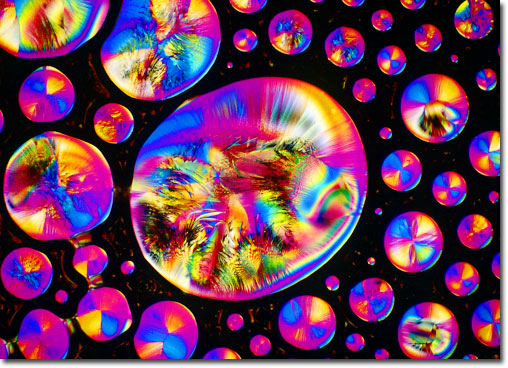|
Many plants and most animals, including reptiles, do not need to consume ascorbic acid rich foods and are instead genetically programmed to produce enzymes that convert glucose into vitamin C. Mammals, in particular, possess the L-gulonolactone oxidase enzyme, enabling them to manufacture ascorbic acid from blood glucose in a metabolic cascade of enzymatic action. Curiously, however, the only way that humans, guinea pigs, and several primate species can satisfy their ascorbic acid requirements is to obtain the vitamin in their diets. As it happens, although humans have three essential enzymes required to convert glucose into ascorbic acid, they lack the fourth and final enzyme needed to complete the biochemical pathway.
|
